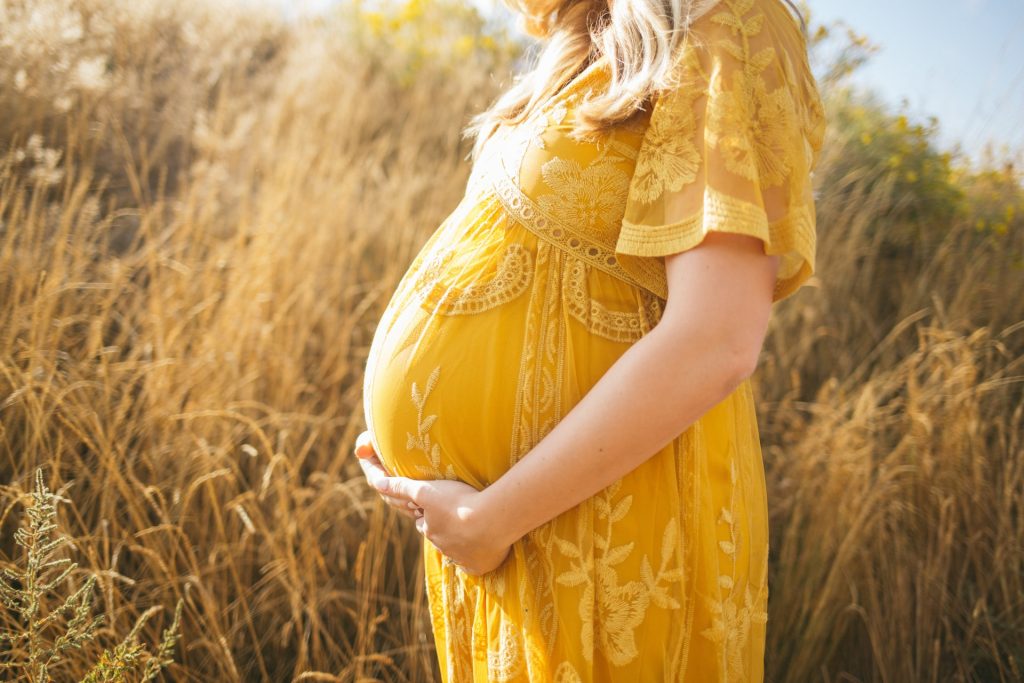Health Dept Suspends DG Buthelezi over Digital Vibes Tender

In the latest development of the R150 million Digital Vibes tender fallout, Health department director-general Dr Sandile Buthelezi has been placed on precautionary suspension
On Sunday, health ministry spokesperson Foster Mohale confirmed Buthelezi’s suspension following a Special Investigating Unit (SIU) report into the alleged tender fraud. Deputy DG Dr Nicolas Crisp will take over as acting DG until the completion of Buthelezi’s hearing process. Buthelezi had previously been on leave.
Mohale said that while the R150m Digital Vibes communications contract was already secured when Buthelezi assumed the DG role, it was his inaction in his role as heady of accounting authority regarding the contract that led to the suspension, said Mohale.
The tender process was rife with irregularities, involving fictitious companies and doctoring scores of bidding companies.
“The procurement process was … a sham, designed and conducted to reach the predetermined result that Digital Vibes would be appointed,” lead investigator Rajendra Chunilall said in the SIU’s founding affidavit.
Former health director-general Precious Matsoso told the SIU that Tahera Mather, a friend of Dr Mkhize’s and a beneficial owner of Digital Vibes, began work at the department straight after Dr Mkhize’s appointment as minister. Matsotso had been pressured by Dr Mkhize to ensure that Mather was hired. Instead of a public tender for the National Health Insurance (NHI) communications contract as advised by the Treasury, it was issued as a closed tender to ten companies.
Two of these companies did not exist and six of which, including a computer equipment supplier and a graphic design company, did not respond as the tender was out of their scope, according to forensic accountant Hesti le Roux’s investigation.
Mather is also alleged to have created a fraudulent profile for Digital Vibes with the relevant skills and experience, including a fake team some of whom never worked for Digital Vibes and were not paid.
Due to this rigging, only Digital Vibes and Brandswell responded; the latter had the upper hand as its R69m quote was far cheaper than Digital Vibes’ R141m,
However, the department then inexplicably issued a second RFP, amending the requirements.
Brandswell was “irregularly and irrationally” marked down by the department’s five-member tender evaluation committee (TEC), which included deputy director-general Anban Pillay and head of communications Popo Maja. This was despite Brandswell being a “long-standing and reputable communication solution service provider”, Le Roux said.
“Clearly, the recommendation by the TEC to award the contract to Digital Vibes was invalid in terms of the provisions [of] the constitution, because the procurement process was not fair, equitable, transparent, competitive and/or cost-effective. Therefore, the service level agreement that was concluded with Digital Vibes should be declared invalid,” Le Roux concluded.
Source: Times Live







